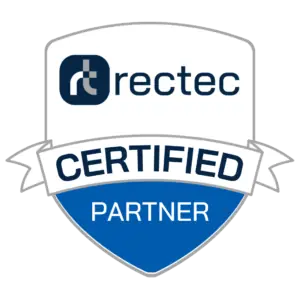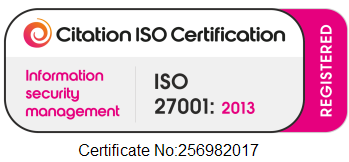Hiding candidates’ names and other key information is supposedly a big step forward for preventing unconscious bias – but do these blind recruitment methods REALLY work?
Although this may seem like a current affair you could argue these methods have been in place as far back as 1952. The American Boston Symphony Orchestra is a prime example. It was wary about employing far more men than women so they asked musicians to audition behind a screen, to ensure they were being judged purely on their performance rather than their gender.
Nowadays, blind recruitment is frequently used in all sectors to create diversity. Research from Adecco suggests 35% of UK businesses are using blind recruitment. From removing names, ages and CVs to broadly anonymising applications so hiring managers are not biased in any way from demographic information like education or interests, with some using third parties to conduct interviews.
One PR agency based in London called Dynamo, were an early adopter of blind recruitment. Candidates apply directly through their website answering questions which assess only experience and interest. The only personal information taken down is a phone number, no name, gender, age or education details. The only personal information they receive is what’s given during an interview should they get to that stage.
EY Management Consultancy Firm is also a business who uses these processes. Since 2015 they have removed academic and work experience criteria for entry-level hires. They will then video interview candidates anonymously and screen-based solely on eligibility. Those shortlisted will then attend an assessment event, matched with assessors who only know their names. A candidates progress based solely on value to support hiring diversely.
Another strong advocate for blind recruitment was previous Prime Minister, David Cameron, introducing it into the hiring processes of civil service graduates. But despite the widespread adoption of blind recruitment, there’s still a lack of evidence to support its effectiveness with many experts still opposed.
There are some HR professionals who believe that it is a flawed method of eliminating bias. Some believe that the whole point of recruitment is to take everything into account, so using blind recruitment as an equal opportunities approach defeats the very purpose of hiring.
An extensive Harvard blind recruitment drive in the Australian Civil Service found that having a females name on a previously name-blind CV was 2.9% more likely to get an interview; and reduced the opportunity by 3.2% if it was male. Although unable to conclude, concerns were raised about the further negative impact that blind recruitment could have past gender and It’s a shame that many who have worked hard for their qualifications may not progress in the hiring process because of it.
Even though blind recruitment comes with its complications, many think it’s it is the best way to avoid unconscious biases. A study by the US National Bureau of Economic Research showed that just a name cause biases with results showing that names that are “white sounding” were more likely to reach the interview stage by 50%.
Those who support blind recruitment state that it doesn’t aim to 100% prevent individual bias, or guarantee a more diverse workforce, but helps in hiring only the best person for the role. The question is whether blind recruitment is there purely to meet initiatives to recruit diversely as It still doesn’t ensure those diverse candidates will be taken onboard.
But, for many, this is a step in the right direction for better recruitment. So, what tools are available to help support hiring in this way?
There are valid arguments for and against blind recruitment. But many alternatives to blind recruitment are expensive or hard to implement. An Applicant Tracking System (ATS) can automatically hide identifying information from hiring managers or ask someone who is not involved in the hiring process to manually to do it for them. Psychometric tests or practical online tests can also be used to help gauge their skills objectively before inviting them in for a face-to-face meeting.
Recruitive offer End to End Recruitment Solutions from ATS Software, Cloud Based Recruitment Software, Onboarding Software, Media Purchasing & the Design of Careers Websites.
Contact us today for a detailed consultation.




Comments are closed